On July 17th, 1850, the first photograph of a star other than our Sun was taken.


On July 17th, 1850, the first photograph of a star other than our Sun was taken.
Credit: John Adams Whipple
Stargazing: Vega – Anniversary of First Photo of Star Taken
July 14, 2025
Julie Silverman, Carnegie Science CenterBrilliant Vega is the brightest of three stars that make up the Summer Triangle. The blue-white star is part of the constellation Lyra, the Harp, a harp sometimes noted as the ancient Greek instrument played by the legendary Orpheus.
On the evening of July 16-17, 1850, Vega, only 25 light years from Earth, became the first star other than our sun to be photographed. At the Harvard College Observatory, William Bond and John Adams Whipple used a 15-inch refractor and a daguerreotype process to capture the image. It took about twenty minutes to watch the image surface on the sheet of silver-plated copper. This year is the 175th anniversary of that history-making moment. In 1872, Vega entered the book of firsts again. Amateur astronomer Henry Draper was the first to photograph the spectrum of Vega and reveal its stellar elements.
Around 12,000 B.C.E., Vega was the Pole Star. Due to a wobble in Earth’s axis, our observation of the north gradually moves from one star to another throughout a 26,000-year cycle. Current North Star, Polaris, will be at its closest to the pole near the year 2100. It will then move on from the North Celestial pole position, and in about 12,000 years, approximately 13,700 C.E., Vega will once again lead the way north as the star above Earth’s north polar axis.
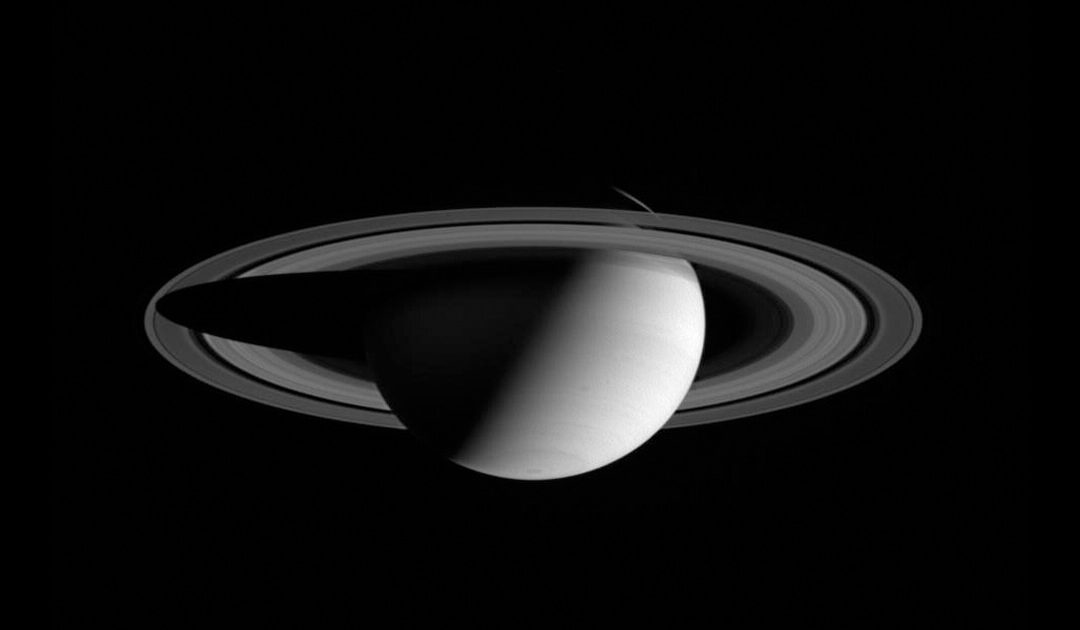
Stargazing: Saturn Returns, Southern Side Visible
Saturn returns to the evening sky, and so does our view of the planet’s southern hemisphere. Home > Blog Saturn returns to the...
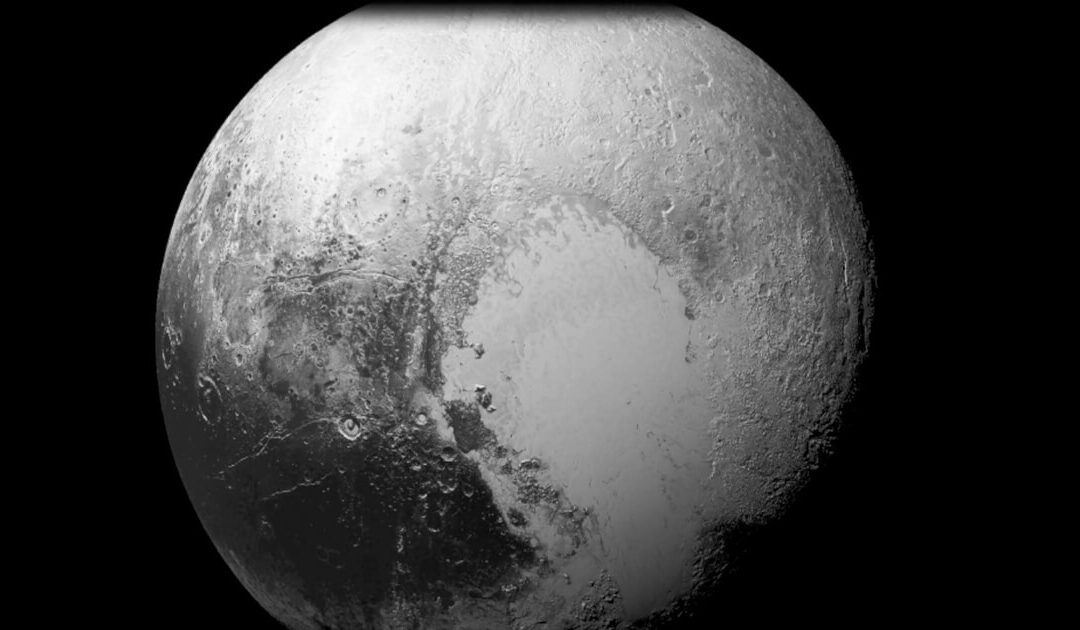
Stargazing: Pluto Anniversary – New Definition of a Planet
A small icy world at the outer reaches of our solar system revolved as the center of attention and consternation on August 24, 2006. The subject of that year’s gathering of the International Astronomical Union (IAU) would bring professional astronomers and science...
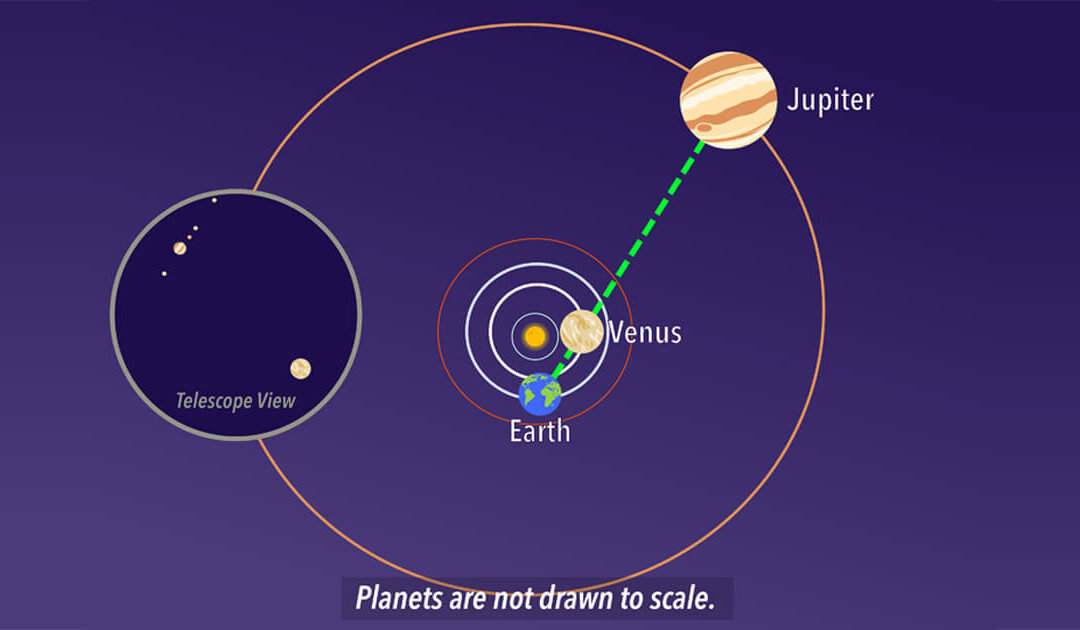
Stargazing: Perseids and Venus-Jupiter Conjunction
This time of year is usually the moment to break out the lawn chairs for the annual spectacle of the Perseid meteor shower. Home > Blog ...
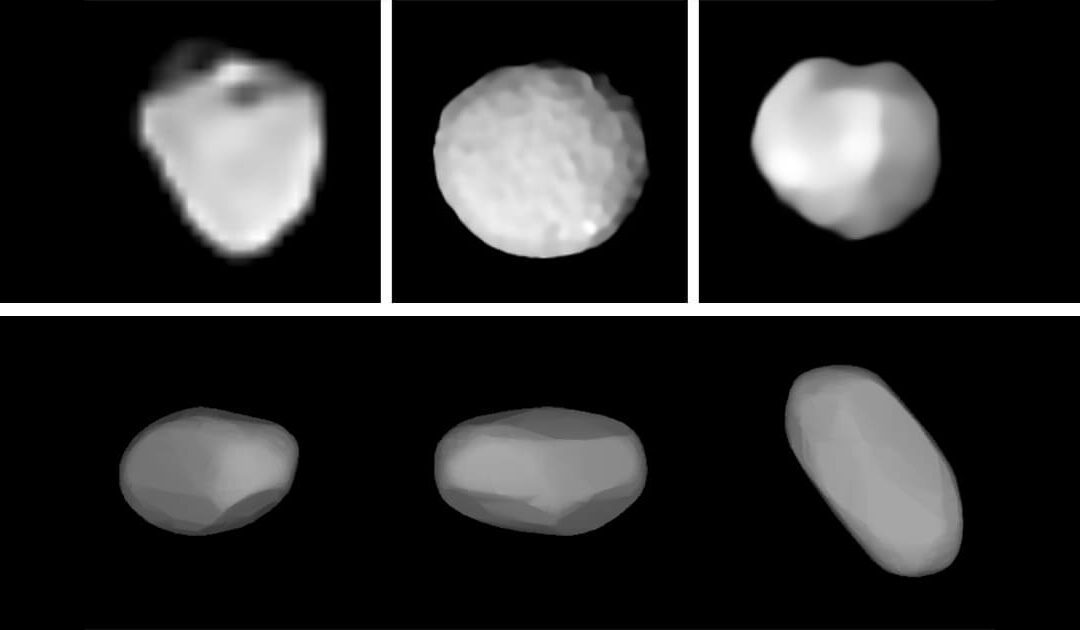
Stargazing: August Asteroids
Several large asteroids will have their brightest showings of the year through August. Home > Blog Between the planetary orbits...

Stargazing: Crescent Moon by Spica
On the evening of July 30, one of the bluest stars in the sky will gleam just above the waxing crescent moon. Spica is a blue giant star and the brightest in the constellation Virgo. Home > Blog [acf...

Stargazing: Scorpius
Soaring through July skies is an ancient arachnid known for its sting. Scorpius the Scorpion, with its distinctive curved spine and stinger poised to strike, holds a large profile low to the southern horizon. Its Latin name translates to the “creature with the...
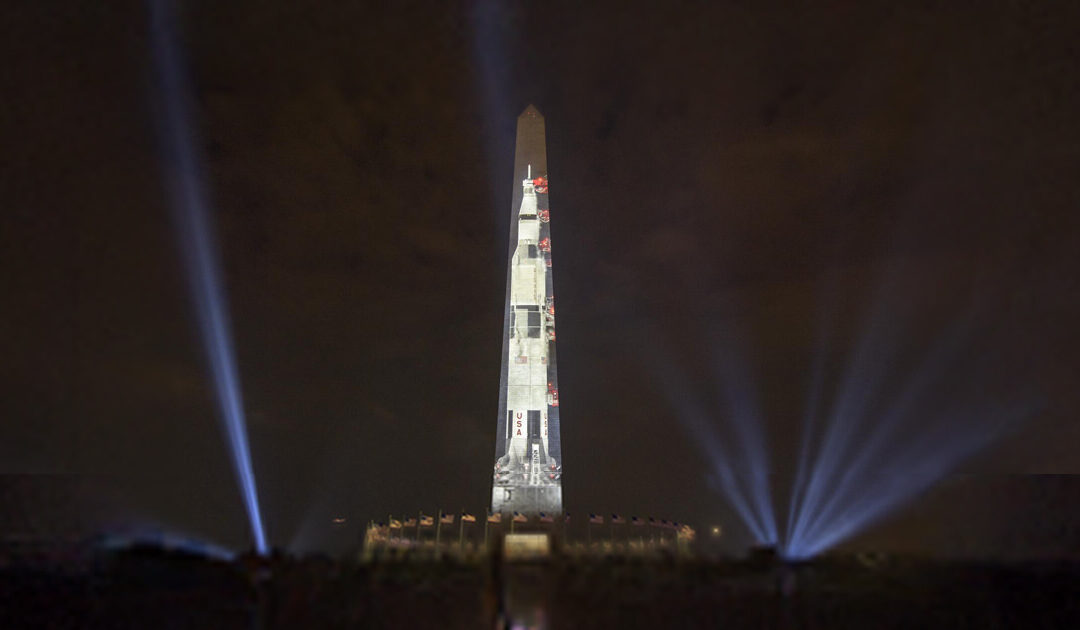
Stargazing: Pittsburgh Goes to the Moon
This year celebrates the 56th anniversary of the first moon landing. On July 20, the world watched as Neil Armstrong and Buzz Aldrin stepped onto the surface of the moon. Home > Blog [sv...
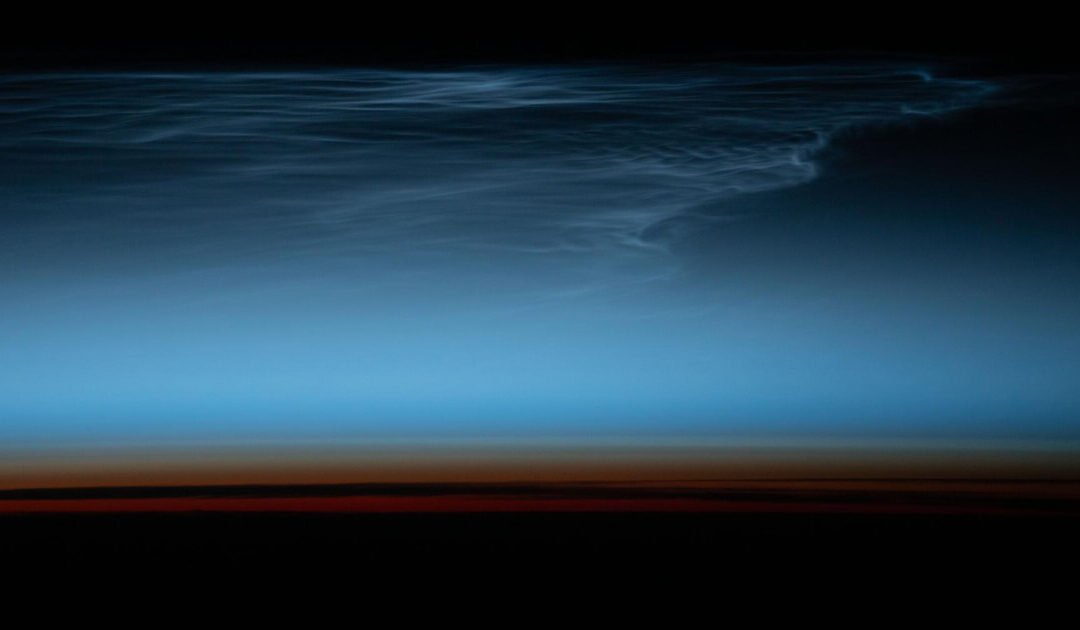
Stargazing: Noctilucent Clouds
Summer is the season to spot rare and luminescent Noctilucent Clouds. From May to early August, these ethereal clouds show their best displays thirty minutes after sunset or before sunrise. Home > Blog [acf...
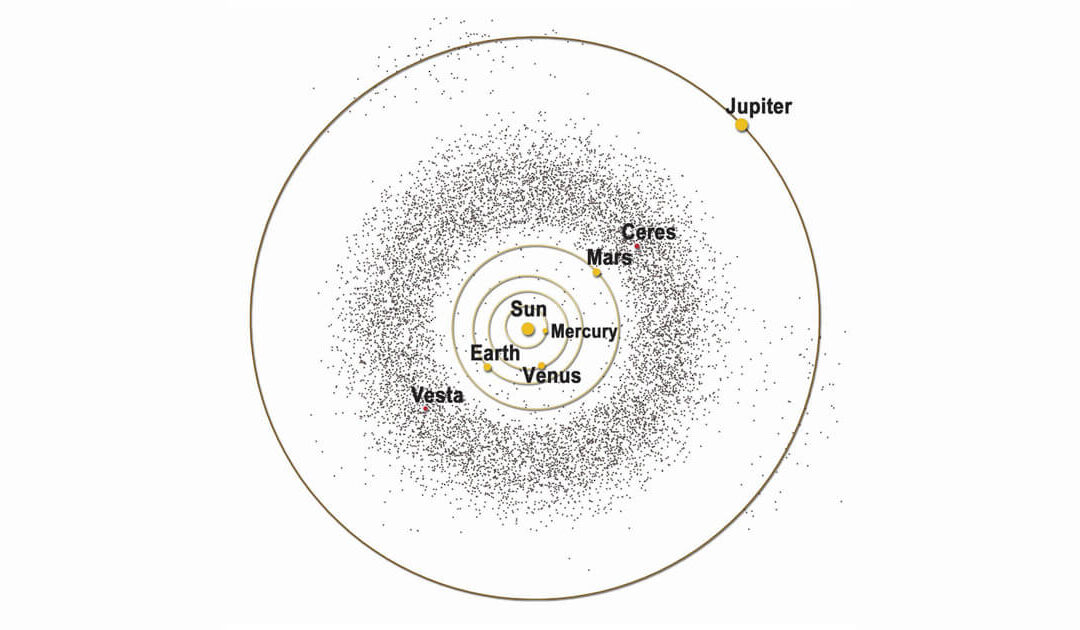
Stargazing: June 30 Asteroid Day – date of Siberian Tunguska Event
Pre-dawn hours of June 27 will bring peak opportunities to view June’s Bootid meteor shower. A thin crescent moon will enhance the chances of seeing meteors flash across the sky. Home > Blog ...

Stargazing: Solstice June 20– also, Moon-Saturn-Neptune close approach 5:45 a.m. June 18
Welcome summer! On Friday June 20 at 10:42 p.m. EDT, the sun will reach its northern-most point in the sky. Home > Blog Welcome...


